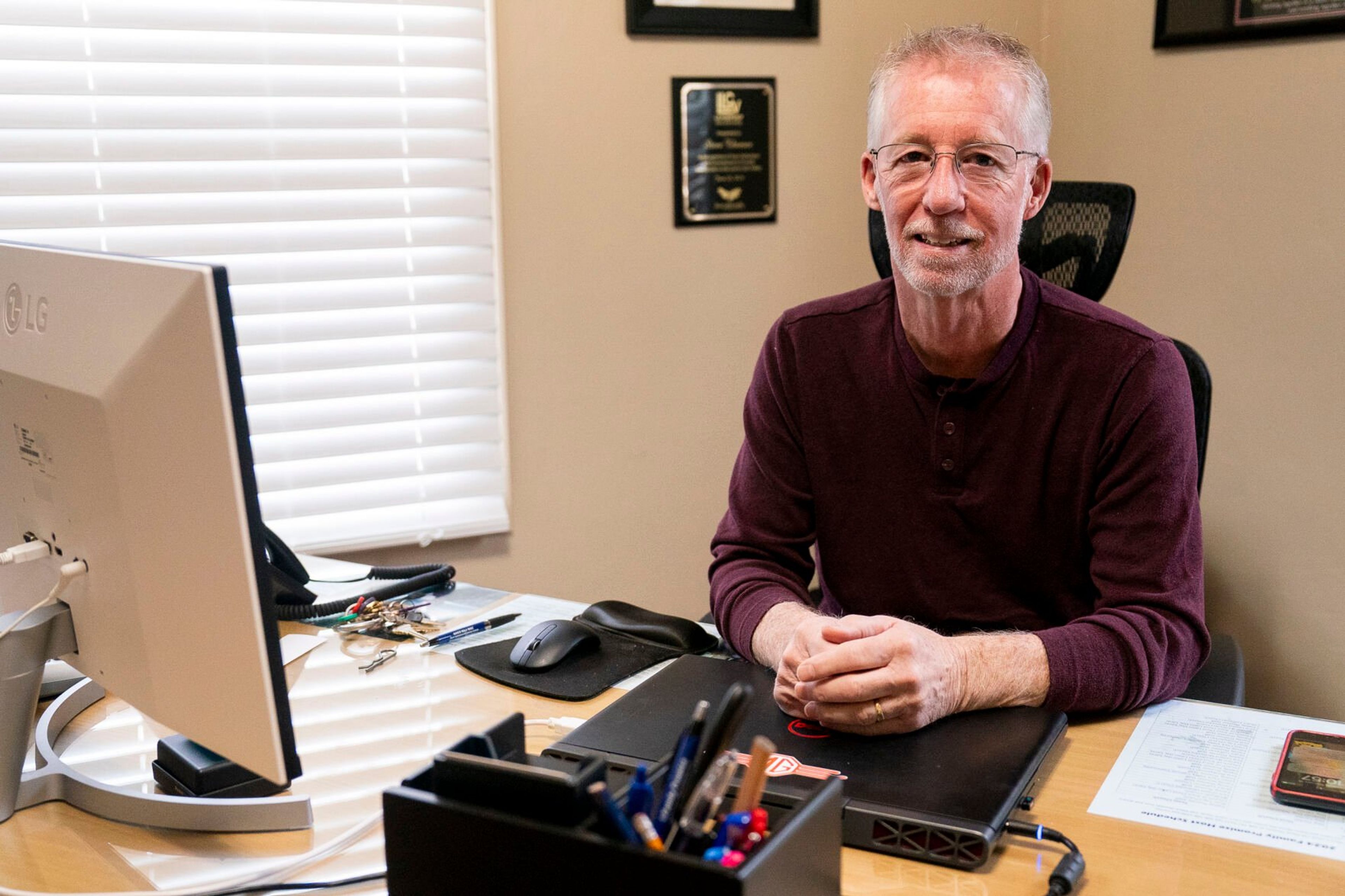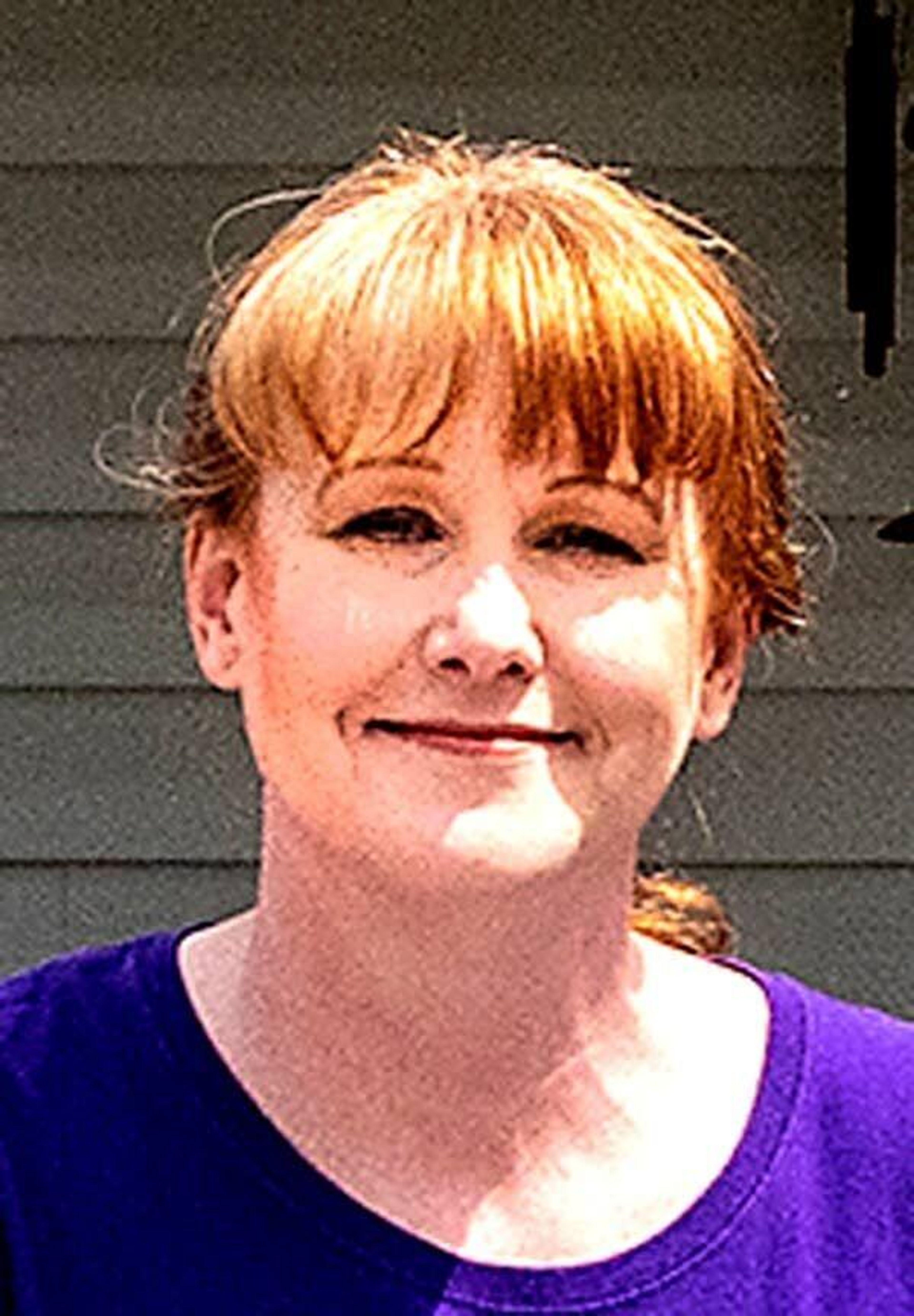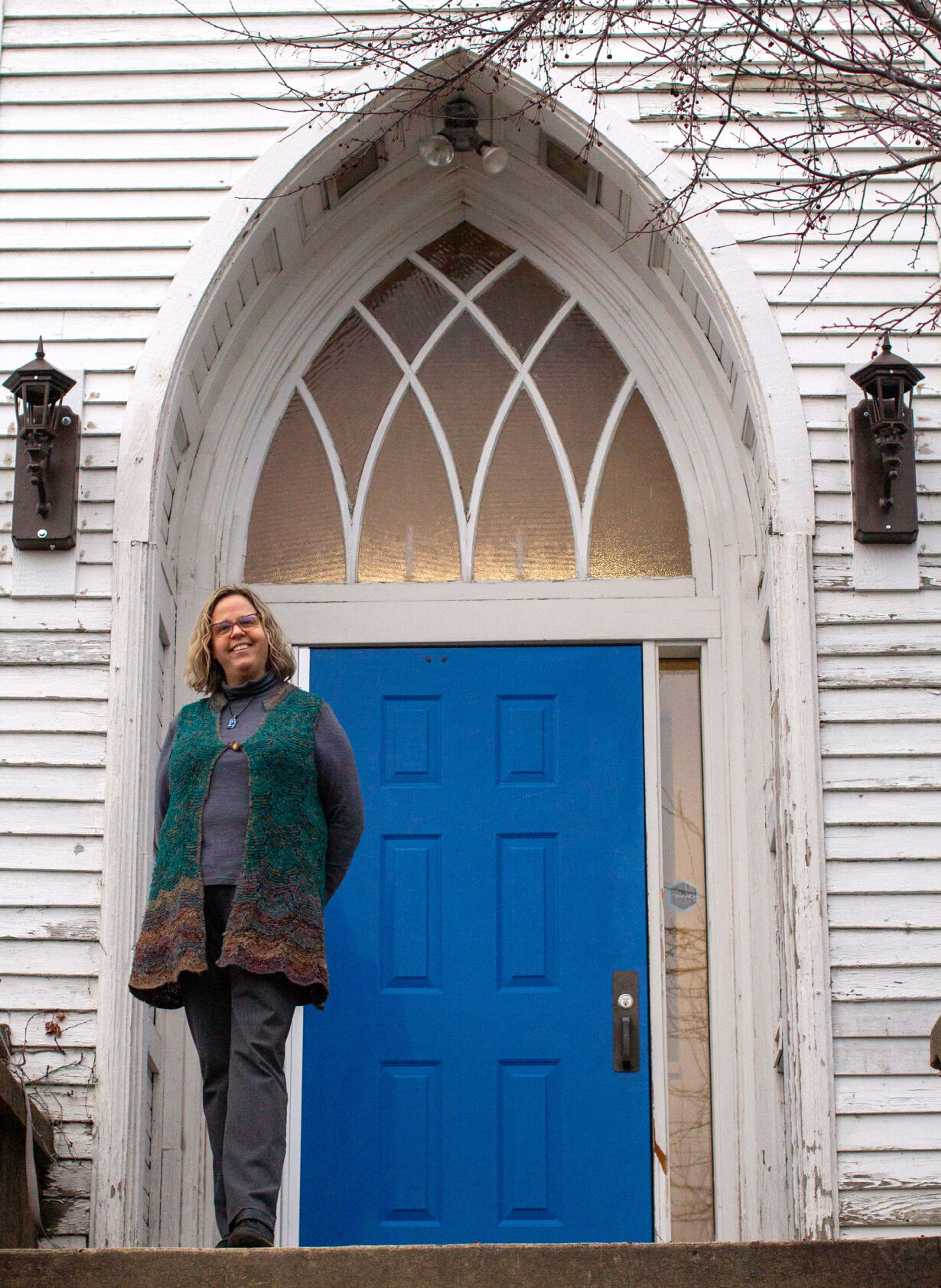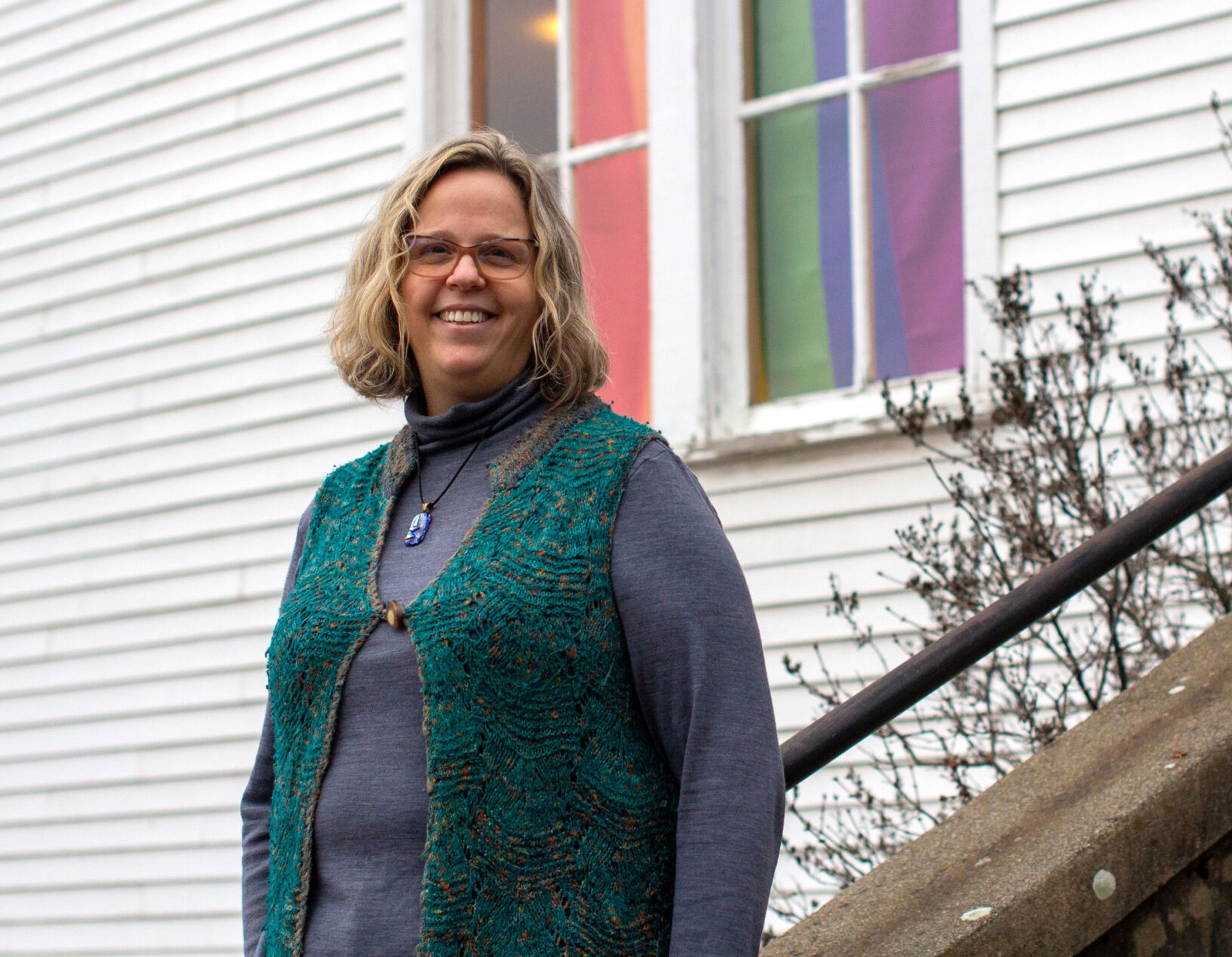Area churches and nonprofits putting together patchwork help for homeless
Many nonprofits and churches in the Quad Cities do what they can to help unhoused people in the community survive and find stable housing
When a camp of unhoused residents in the Lewiston-Clarkston Valley started growing in Clarkston late in 2023, it created a greater public awareness of the community’s homeless problem than ever before.
But Steve Thomas, executive director of Family Promise of Lewis-Clark Valley, said there have always been homeless people living in the community, and even on the street.
From 2015 to 2021, Thomas served as the coordinator for the Point in Time count in Idaho’s Region 2, a survey conducted by the United States Department of Housing and Urban Development.
The PIT count doesn’t represent all homeless residents, but shows a snapshot of the number of unhoused people surveyors reach on a given day each year. Doing that work opened his eyes to the level of need in the valley, Thomas said.
“I had been a youth pastor here for 17 years prior to that. If you’d asked me if there’s people living on the street, Lewiston, I would have told you ‘No way,’ ” he said. “It’s just pretty well hidden. When an event happens like what happened in Clarkston, all of a sudden (it’s), ‘Wow, what’s going on? We got tons more homeless.’ No, we don’t. It’s just a little bit visible this week.”
Though it’s not new, homelessness does seem to be increasing, and most homeless advocates point to increasingly unaffordable housing as the biggest driving force.
Housing insecurity isn’t just affecting adults who might have made bad decisions, said Michelle King, president of the LC Valley Youth Resource Center. It’s affecting children, and even families with full-time employment.
Being homeless as a child also increases the risk of experiencing homelessness as an adult, King said.
“They’re the children we didn’t protect,” she said.
As of Jan. 12, the Lewiston School District had a total of 69 families and 104 children who were homeless, according to an email sent by the school social worker. At least 41 of those families had at least one member employed full time.
As of Friday, the Clarkston School District had 99 students who were considered homeless, said Rebecca Lockhart, executive director of student services. Clarkston schools don’t track details on families’ employment or where they stay.
Many of the “invisible homeless” who don’t live on the street are those who can’t afford their own place, but live with friends or family, Thomas said.
“I think the number of folks that house nontraditionally is way greater than any count we’ve ever done,” Thomas said. “We have so many people, so many families, double bunked with friends, with family members.”
Just two or three years ago, Thomas said, it was still possible to find a one- or two-bedroom apartment for less than $600 in the valley.
“You can’t touch one for less than $850 right now,” he said. “Our current family that’s in our program, (is) a single mom with three children. She’s been with us for almost four months, and she’s looking for an apartment now. And it’s difficult to find ’em.”
Marv Schultz is an advocate at St. Vincent de Paul social services in Clarkston. The organization provides some limited rental assistance to a few people a month, and Schultz said they refer people who are homeless to apply for Section Eight housing — but it’s not enough.
“Unfortunately, from what I hear, you can fill out the application, and if you qualify it may be a year and a half, or two years down the road, before you could actually be considered,” he said.
Shultz said SVDP is still offering all the same services as when he started, but they’re working with more people, and a higher percentage of the unhoused people they help are men.
“When I first started doing this about 10 years ago, I think it was probably 80% (or) 85% would be women coming through here,” he said. “Today, it’s probably about 60/40, or almost 50/50.”
Though the Quad Cities have a number of organizations working to try to help unhoused residents, heightened awareness is bringing more community members looking for answers.
Who is responsible for addressing the immediate needs of homeless residents? Some city officials and community leaders have noted that churches may play a role.
One local street preacher, Nick Hasselstrom, said he would ask churches to “get into their coffers a little bit,” and openly called for churches’ help in an opinion column published in the Tribune on Feb. 10, a day before Clarkston’s homeless camp was shut down.
In January, Clarkston’s city administrator, Steve Austin, noted that while many churches offered help, including meals and volunteers, few had gone as far as to offer services at their own facility despite Washington law being relatively permissive for churches sheltering the unhoused.
Some churches do house homeless people in limited capacities. Family Promise of the Lewis-Clark Valley coordinates with volunteers from 20 local churches, including five “host churches” — currently the Church of Nazarene, CrossPoint Alliance, Seventh-Day Adventist, Trinity Lutheran and Congregational Presbyterian — as part of their New Foundation family shelter program.
Families sleep at host churches for a week at a time, rotating through each site, and spend the day at the Family Promise Day Center. The program is especially motivating for unhoused families because it allows them to connect with other families who are living in more stable conditions, Thomas said.
However, Thomas said, it’s also important to keep volunteers safe. One of the reasons Family Promise has the requirements it does, which include passing a drug test, is to ensure safety for its volunteers in addition to making sure families are ready to start building toward sustainable housing.
“I think it’s not super realistic to think that churches can house people in their building. Much like saying to you, ‘Are you gonna let a stranger stay in one of your bedrooms?’ Probably not, unless somebody else was able to vet them,” he said. “That’s kind of what we do.”
Elizabeth Stevens is the minister at the Unitarian Universalist Church of the Palouse, located in Moscow. UUCP opened as the area’s only overnight warming shelter in January.
The church had acted as a warming shelter in the past, Stevens said, and previously opened for day use during a natural gas outage in November.
When the church opened in January, Stevens said, it was at the request from the city. No one ended up staying overnight, but Stevens said she feels it’s important to make sure there’s a place for people to go. Even so, she said, churches can’t do that work alone. She’s working to build a plan with the city for the next time it’s needed.
“I feel like we have a moral and ethical responsibility to open our doors and share our space,” she said. “But it’s not actually our job to figure out all of the logistics; we need some support for that.”
Stevens said she also feels a responsibility to keep her congregation safe. UUCP’s volunteers are mainly seniors and families with children. Some people referred to the church in January had mental health challenges.
“I was going to be here to make sure that my volunteers were safe. Opening the building is not a big deal,” she said. “Having volunteers who are trained and capable of dealing with behavioral issues, if they come up, that’s, that’s another kettle (of fish).”
There are also other problems with relying too heavily on churches, Stevens said. One is that some people who need help might not feel comfortable going to a church.
Another challenge, Stevens said, is that many churches also have limited resources.
“I’ve heard from more than one person, this expectation that churches and religious communities can just step in and fill the holes,” she said. “The problem with that is that religion is also on the decline. And so I think religious communities and a lot of our churches are also stretched pretty thin.”
For Thomas, supporting homeless communities shouldn’t be limited to just one type of program. Family Promise specializes in a specific group of people, and not everyone is able or ready to make the changes needed for their program.
Other organizations have their own niche, Thomas said. There’s also a need for behavioral health care, drug treatment programs and other support.
“The hope is that we offer enough solutions that folks that want to break out of that lifestyle can,” Thomas said. “You’re not going to wipe out homelessness. But the hope is that anybody who wants to get into a home can get there.”
Sun may be contacted at rsun@lmtribune.com or on Twitter at @Rachel_M_Sun. This report is made in partnership with Northwest Public Broadcasting, the Lewiston Tribune and the Moscow-Pullman Daily News.








